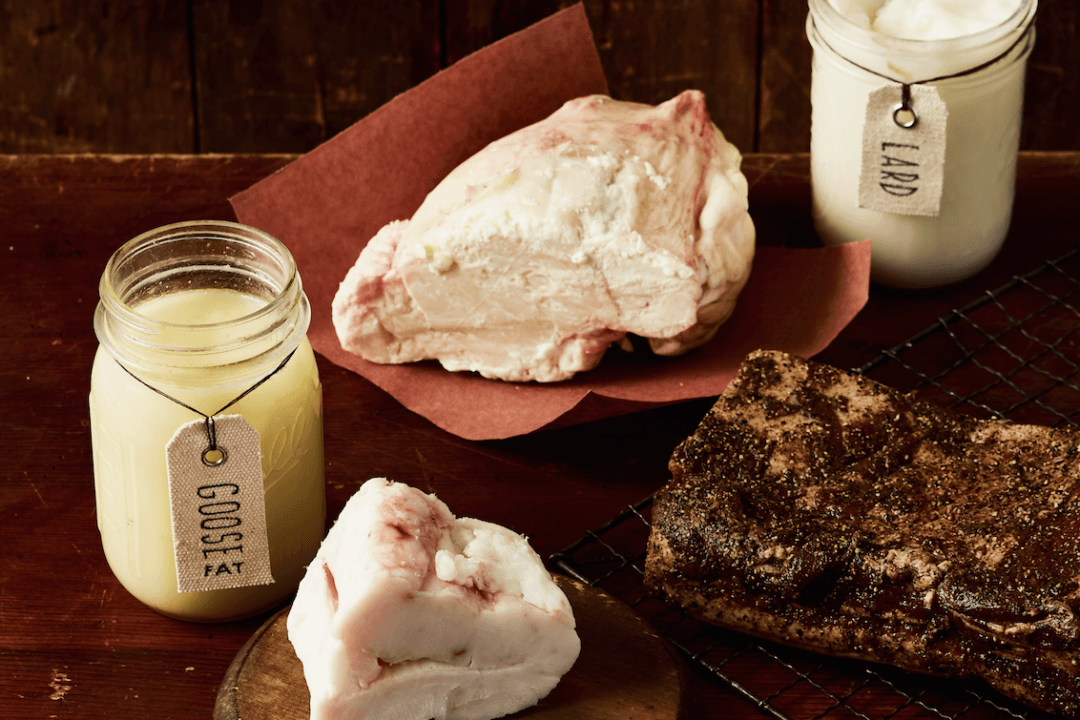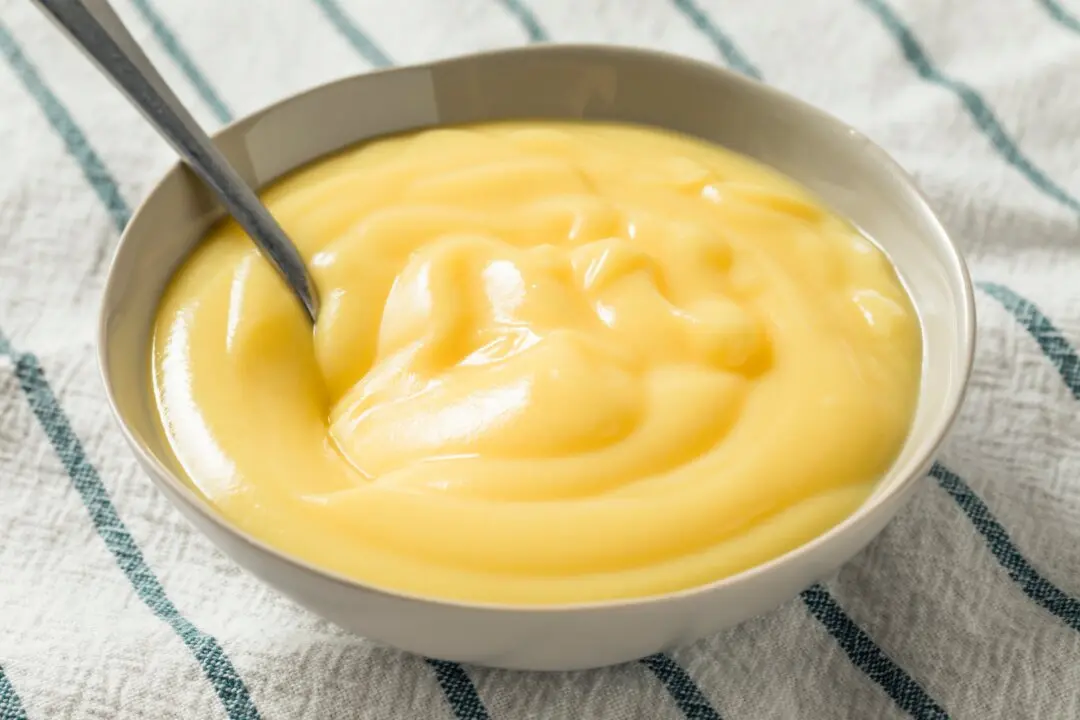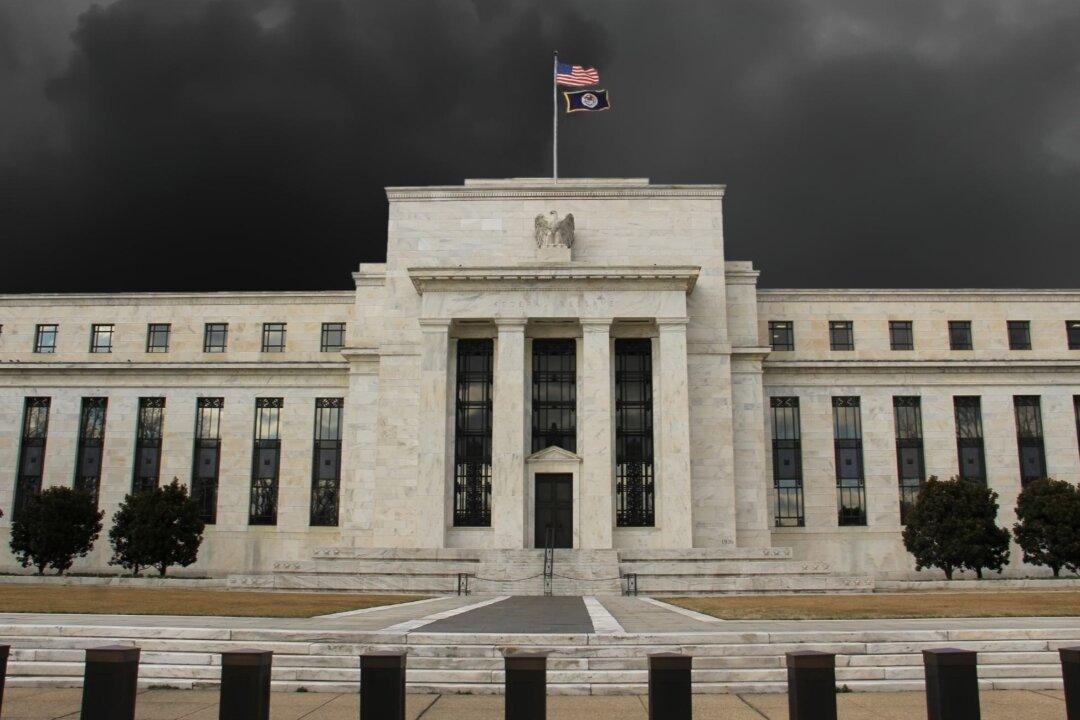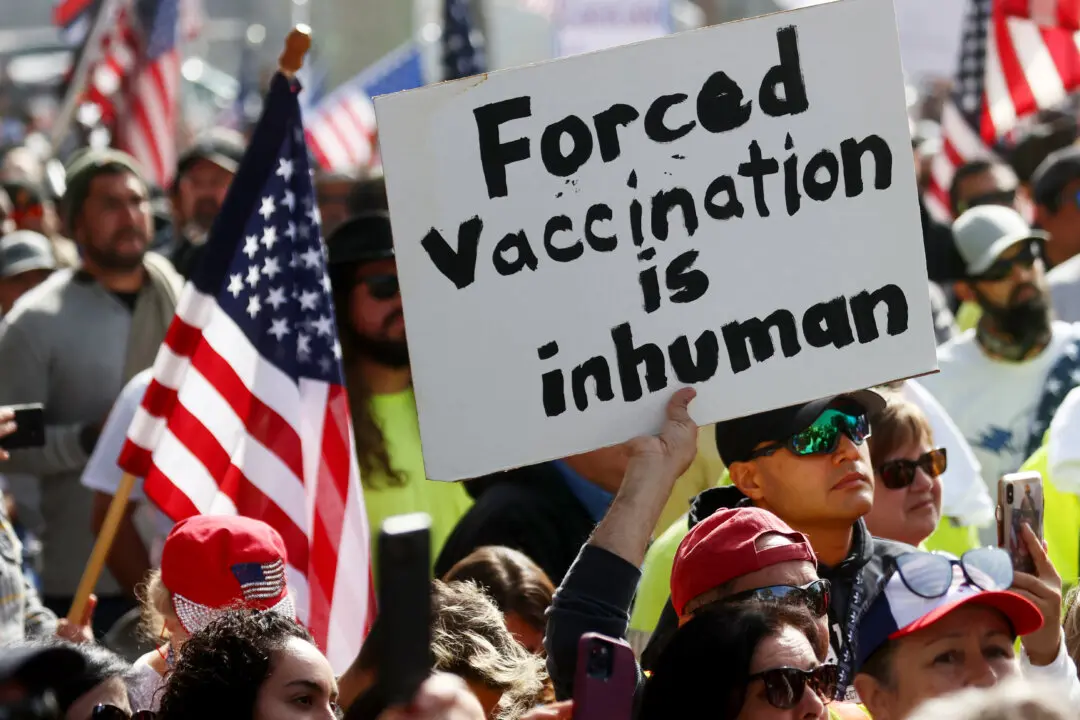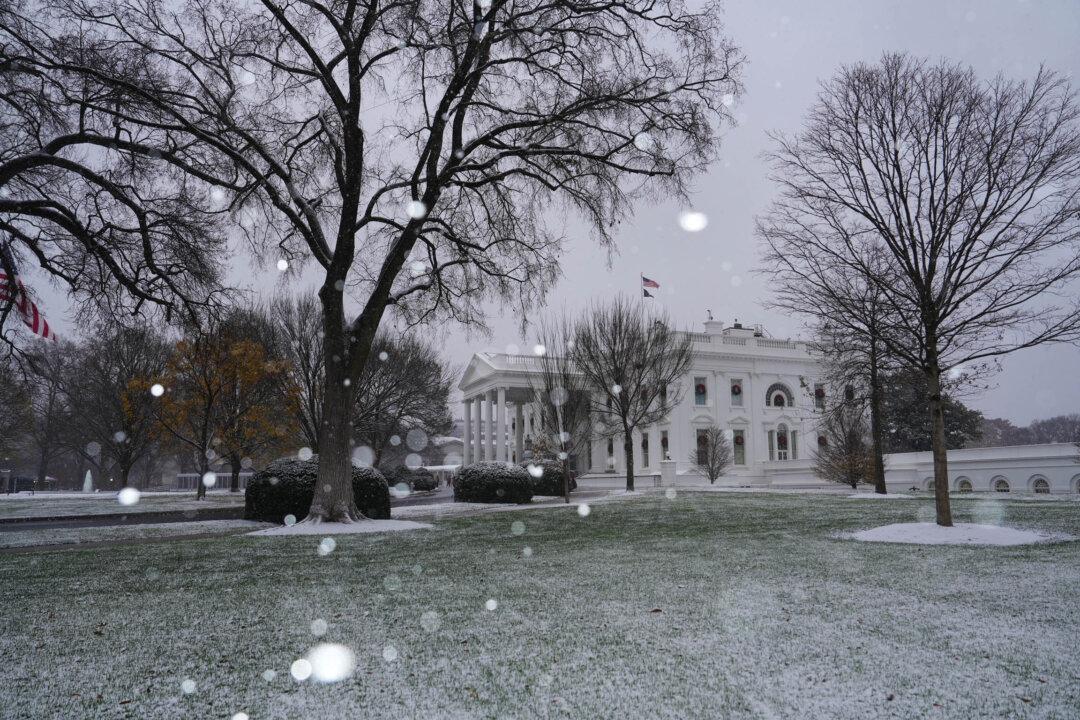Commentary
The campaign event that Donald Trump held at McDonald’s, at which he implausibly worked the fry station, has provoked widespread memories. Many people have recollected their own fast-food working experiences, and they are always delightful and interesting. But it has also recalled a time when McDonald’s fried their potatoes in beef fat called tallow.
